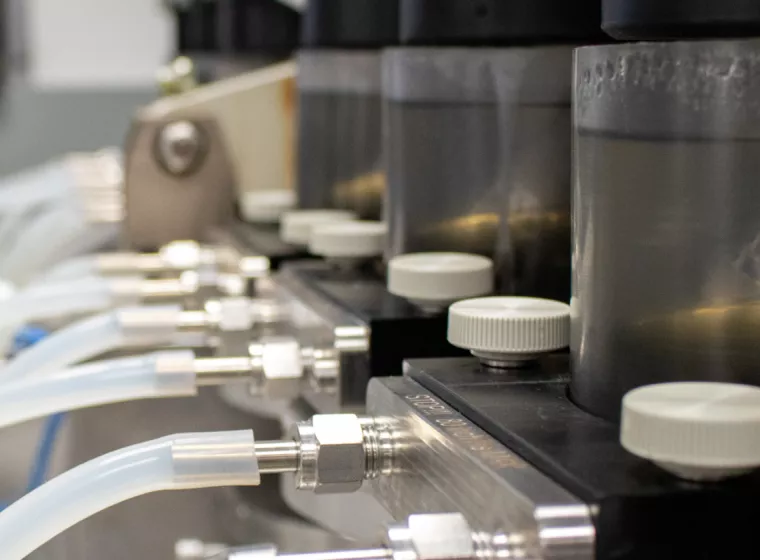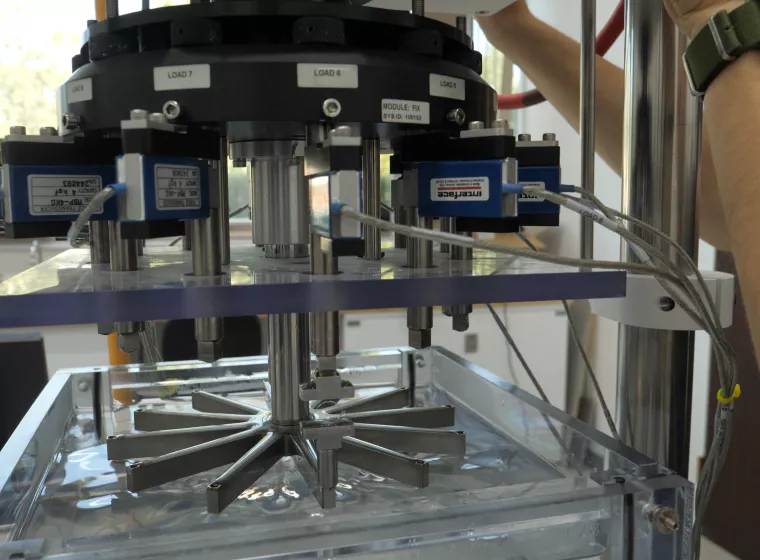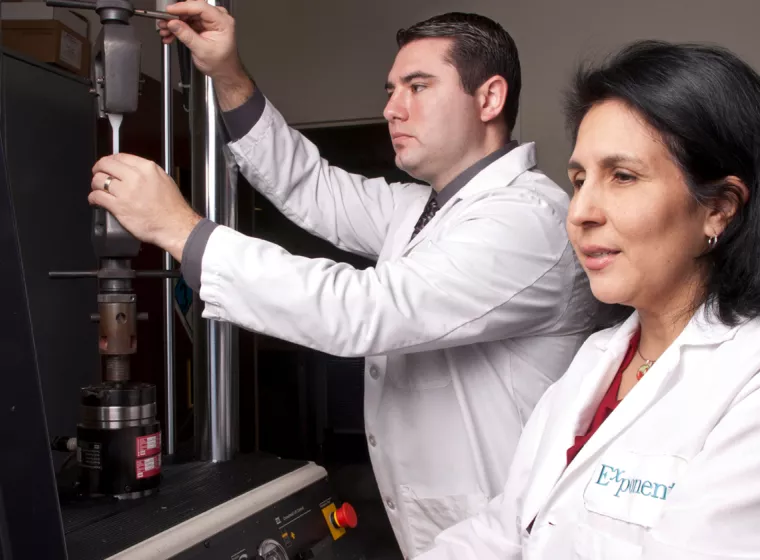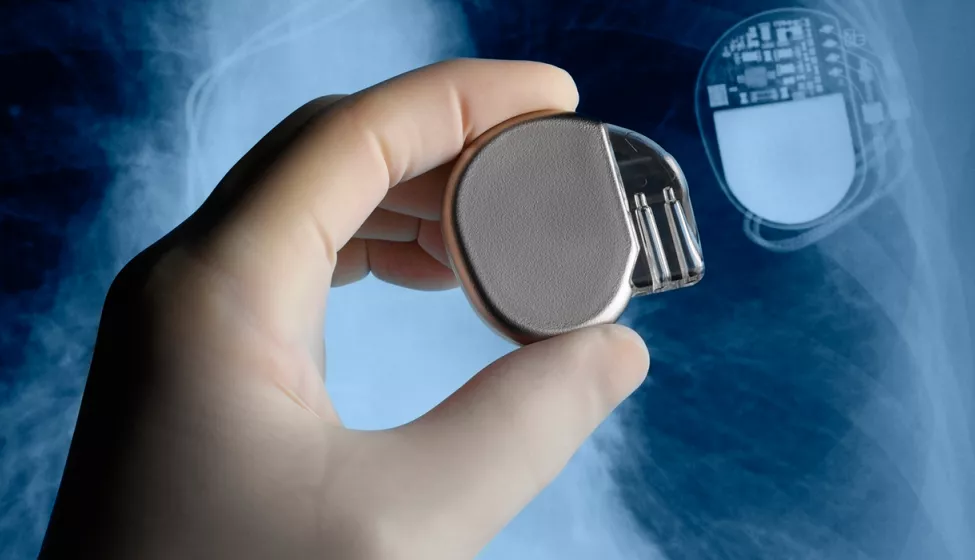April 19, 2023
New proposals would lower ethylene oxide emissions by 80% from current levels
Ethylene oxide (EtO) is used to sterilize approximately 50% of medical devices in U.S. commercial sterilization facilities. Now, based on a 2016 reevaluation of EtO's carcinogenic potential, the Environmental Protection Agency is taking steps to reduce EtO exposures with two proposals that would reduce annual EtO emissions at commercial sterilization facilities by 80% from current levels, restrict how much EtO these facilities can use, and create new safeguards for workers.
Decreasing air emissions and exposure
EPA reevaluated EtO's carcinogenic potential in 2016 and derived a significantly higher potency than its prior evaluation. EPA's reevaluation is controversial; the Texas Commission on Environmental Quality (TCEQ) estimated >1000-fold lower potency based on the same data.
According to EPA, "Long-term exposure to EtO over the course of a 35-year career or 70-year lifetime in or near a commercial sterilizer can increase the risk of certain types of cancer. People who go to school near places where EtO is used are also potentially at an elevated risk of cancer due to EtO levels in the air." Once finalized, EPA's proposals would significantly lower worker and community exposure to EtO.
These proposals, which aim to lower cancer risk while maintaining sterilization capabilities, are part of a collaborative effort between EPA and entities such as the Food and Drug Administration, the Centers for Disease Control and Prevention, the Agency for Toxic Substances and Disease Registry, and the Occupational Safety and Health Administration.
Under EPA's Clean Air Act authority, the first proposed rule would require 86 commercial sterilizers across the U.S. and any new ones to reduce their annual EtO emissions by about 80% from current levels, lowering the EPA estimated risk of cancer below the EPA's Clean Air Act benchmark for elevated cancer risk. To confirm they are adequately reducing emission levels, all commercial sterilizers would be required to use advanced source monitoring methods including gas chromatograph systems, Fourier-transform infrared spectroscopy, and mass spectrometers. Facilities would also be required to report their results twice a year to EPA and would have 18 months to comply with these new requirements.
Under the authority of the Federal Insecticide, Fungicide, and Rodenticide Act, the second proposal would give EPA the authority to implement new mitigation measures to protect workers and the community, including:
- Decreasing the amount of EtO used for medical device sterilization while complying with standards for sterility assurance
- Mandating engineering controls that reduce worker exposures to EtO
- Requiring personal protective equipment in sterilization facilities when EtO levels surpass 10 parts per billion
To determine the effectiveness of mitigation efforts and to identify and improve monitoring technologies, EPA's proposal includes new data collection and reporting requirements. Sterilization facilities would be required to monitor EtO in real time using technology that can accurately measure EtO down to 10 parts per billion and to develop technologies and methods to identify concentrations of EtO below this level.
Resolving concerns
Some stakeholders believe 18 months is not long enough to implement the proposed requirements. Others are concerned that requiring EtO facilities already at capacity to find alternative ways of sterilizing medical devices — when many can't be sterilized by another method without damaging or compromising the performance of the device — may cause facility closures. Combined with an already taxed supply chain, these closures could create a shortage of sterile medical devices, leading to treatment delays for patients.
In recognition of ongoing supply considerations for EtO sterilization and potential impacts on the medical device supply, FDA recently announced a pilot project, the Radiation Sterilization Master File Pilot Program. The program is designed to help manufacturers of Class III devices devise new ways to sterilize medical devices, decreasing EtO use and mitigating the risk of device shortages related to reduced EtO sterilization capacity. The pilot program will allow Class III device manufacturers to submit a post-approval master file instead of a PMA supplement when making changes to the sterilization processes, potentially accelerating the approval process.
Until June 10, stakeholders can comment on EPA's proposals at http://www.regulations.gov under dockets nos. EPA-HQ-OPP-2013-0244 and EPA-HQ-OAR-2019-0178.
What Can We Help You Solve?
Whether you need help reducing or monitoring EtO emissions or finding alternative sterilization options, Exponent's multidisciplinary team of biomedical engineers, health and material scientists, and regulatory experts can support both EtO sterilization facilities and medical device manufacturers in optimizing the sterilization cycle, meeting new regulatory requirements, and evaluating the effectiveness of their sterilization approaches.

Biocompatibility & Biological Risk Assessment
Address biocompatibility challenges throughout the medical-device product lifecycle.

Medical Device Evaluation
Sophisticated medical device evaluations for a vast array of applications.

Medical Device Design & Development Support
Crucial medical device design and development analyses to empower your decision-making.

Regulatory Compliance for Medical Products
Experienced regulatory support for medical devices, pharmaceuticals, and combination products.

Biocides & Antimicrobials
Expertise in multifaceted regulatory requirements in biocide and antimicrobial product approval processes.
![Antimicrobials [CRFS]](/sites/default/files/styles/cards_home_card/public/media/images/GettyImages-1190512184.jpg.webp?itok=4okERCxp)
Antimicrobials in North America
Experienced, end-to-end support for antimicrobial registrations in North American markets.
![Medical Devices [EECS]](/sites/default/files/styles/cards_home_card/public/media/images/GettyImages-523306516.jpg.webp?itok=4e0Y2HMn)
Safety and Biocompatibility of Medical Devices & Products
Gain insights into the biocompatibility and regulatory requirements of medical devices and implants.






